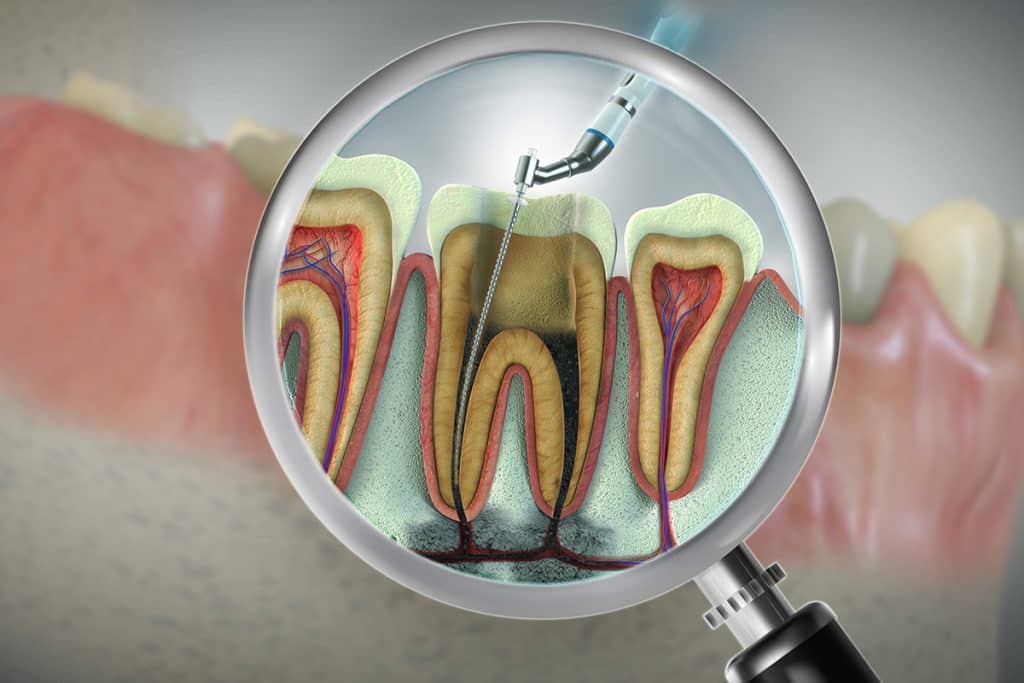Why Root Canal Retreatment May Be Necessary After Years of Relief

Root canals have successfully saved countless natural teeth, providing patients with years of pain-free smiles. But what happens when a tooth previously treated with a root canal begins to exhibit symptoms again after such long-term relief? This is where root canal retreatment enters the picture. Although the original procedure aims to resolve infection and seal the tooth permanently, certain issues may emerge over time, necessitating revisiting the treatment.
Root canal retreatment is a highly specialized procedure that reopens a previously treated tooth to address unresolved issues or new factors causing discomfort. At Advanced Endodontics, we’re here to guide you through the process with professionalism and care.
Why Would a Root Canal Need Retreatment?
Occasionally, a tooth may not heal as expected after an initial root canal. That doesn’t mean the procedure failed, but several factors could contribute to the need for retreatment:
- Incomplete Cleaning of the Canals. During the original treatment, complex canal shapes or undetected anatomy may prevent complete cleaning, leaving bacteria behind and causing reinfection.
- New Decay or Trauma. A new cavity or injury can compromise the sealed structure of the tooth, allowing bacteria to re-enter. This can lead to the need for additional intervention.
- Compromised Dental Restoration. If a crown or filling placed after the root canal begins to leak due to normal wear and tear, bacteria can access the treated canals, resulting in recurring issues.
What Happens During Root Canal Retreatment?
Root canal retreatment typically involves several steps designed to address the recurring issue effectively:
- Removal of the Initial Filling or Crown. The first step involves accessing the tooth’s interior by carefully removing the original restorative materials.
- Inspection and Cleaning. Using advanced technology, your endodontist will look for blockages, hidden canals, or additional decay. A thorough cleaning eliminates any traces of infection or bacteria.
- Sealing and Restoration. Once cleaned, the canals are reshaped, disinfected, and sealed to prevent further complications. A new crown or filling is then placed to protect the tooth and restore functionality.
How Advanced Endodontics Ensures Superior Care
At Advanced Endodontics, we are committed to providing a seamless root canal retreatment experience. Our team employs cutting-edge technology, including digital imaging and advanced microscopes, to enhance accuracy and patient comfort. We understand that revisiting a previous procedure can feel frustrating or overwhelming, but our compassionate approach ensures your concerns are heard and addressed every step of the way. Trust us to preserve and protect your natural smile.
Frequently Asked Questions About Root Canal Retreatment
What are the signs that a root canal needs retreatment?
Common signs include persistent sensitivity to hot or cold, swelling around the treated tooth, discomfort when chewing, or an abscess forming near the tooth. If you notice any of these symptoms, it’s important to consult an endodontist promptly to determine the next steps.
How successful is root canal retreatment?
Root canal retreatment has a high success rate, particularly when performed by skilled specialists using modern techniques. At Advanced Endodontics, our focus on precision and patient care maximizes the likelihood of a successful outcome, giving your tooth a renewed lease on life.
At Advanced Endodontics, we’re dedicated to ensuring your dental health and preserving your natural smile. Whether you have questions about root canal retreatment or need expert care, our experienced team is here to help. Please contact us to schedule your consultation at one of our Central Florida locations.
Recent Posts
Contact Us
ClermontLake MaryOrlando
Port Orange
Winter Park - Lakemont
Winter Park - Morse
